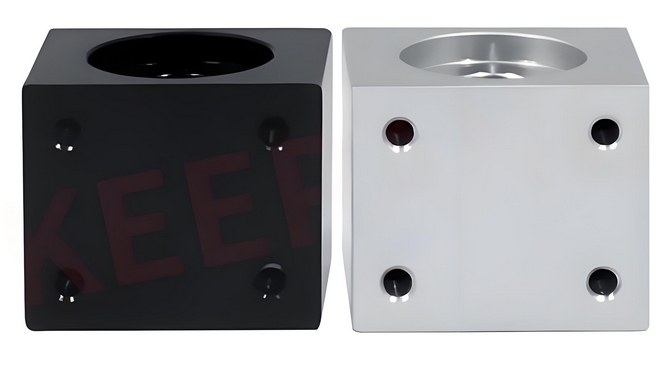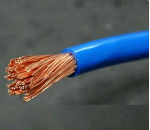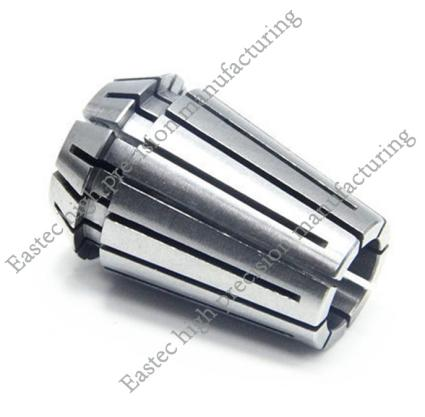
3D printers commonly utilize metric components, ranging from M2 to M10-12 components for desktop models. The “M” in metric components refers to a number of millimeters associated with the crucial part of the hardware. For nuts and bolts/screws, the number is expressed as the width of the threaded portion of the hardware. Example: the post of an M5 screw and the hole of an M5 hex nut are both 5 millimeters in width. Depending on complexity and size, a 3D printer can use hundreds to thousands of screws, bolts, and nuts in its construction. Having spare M3, M4, and M5 fasteners ensures that fixing or modifying a 3D printer is as simple as reaching into a toolbox instead of making a trip to the store.
Matching hex wrenches and socket wrenches are crucial for manipulating nuts and bolts/screws in 3D printers, even for fully-functional units sold with no associated hardware or tools. Washers help distribute the force from a screw or bolt across the face of the object into which they are inserted. Without a washer, screws can easily exert too much pressure over too small an area of a 3D printed part – especially in RepRap 3D printers. They can also help space components along a bolt or screw, enabling fine adjustment of various components. Shims are extremely thin washers that help with spacing, enabling the user to make very fine adjustments. They should not be confused with washers or used to distribute loads from screws or bolts being used for structural strength.





 Customer service 1
Customer service 1  Customer service 2
Customer service 2